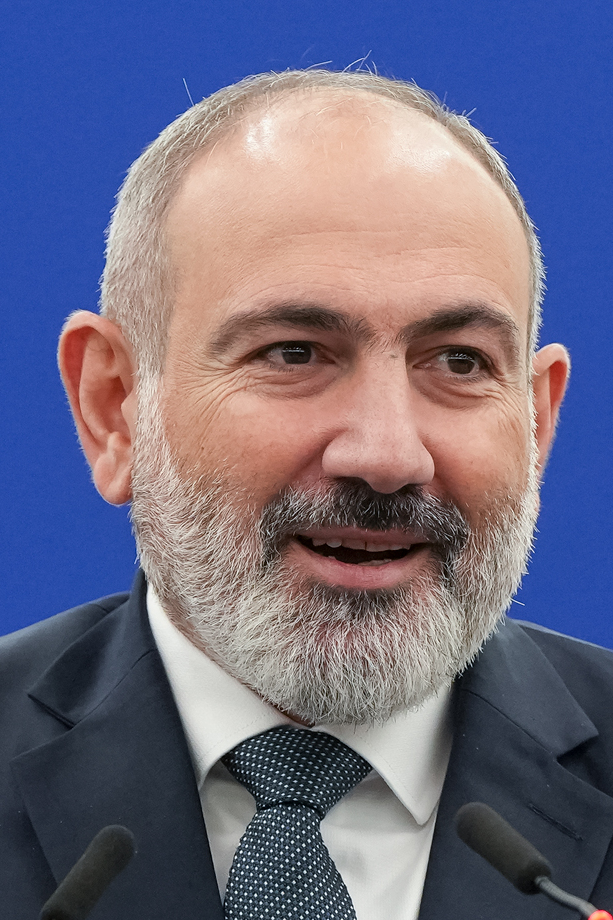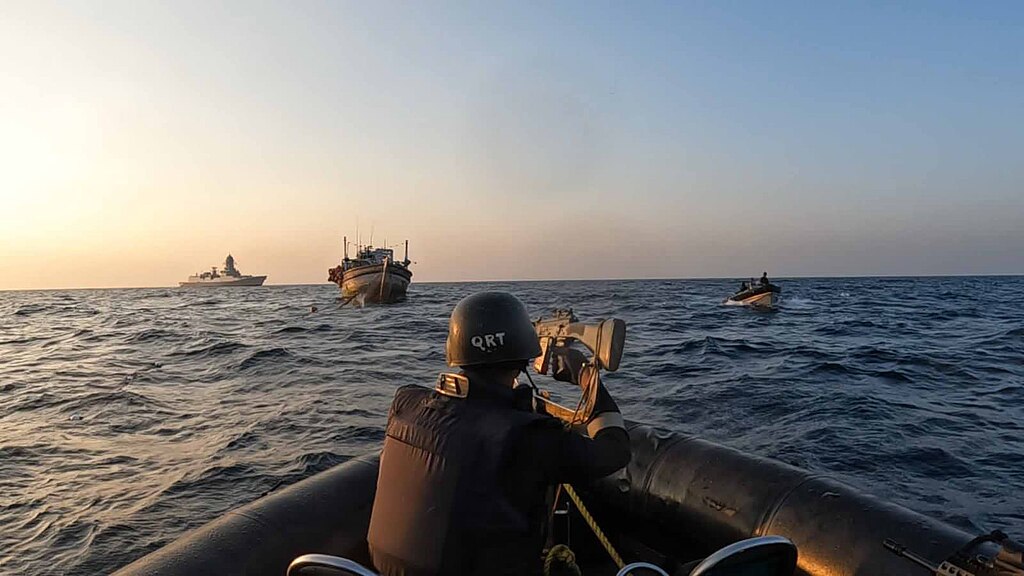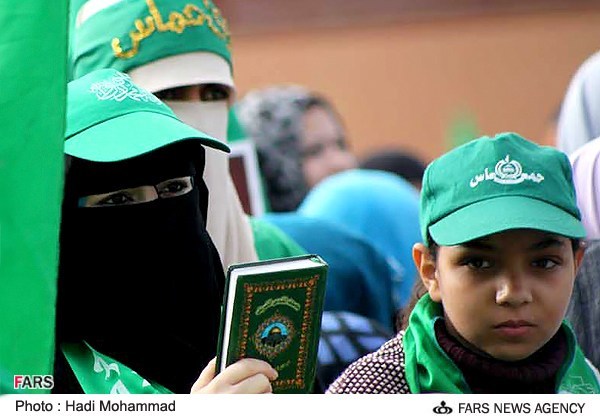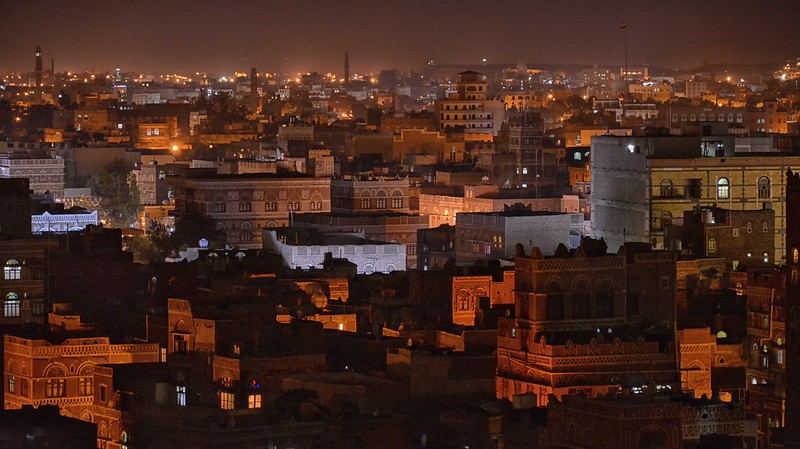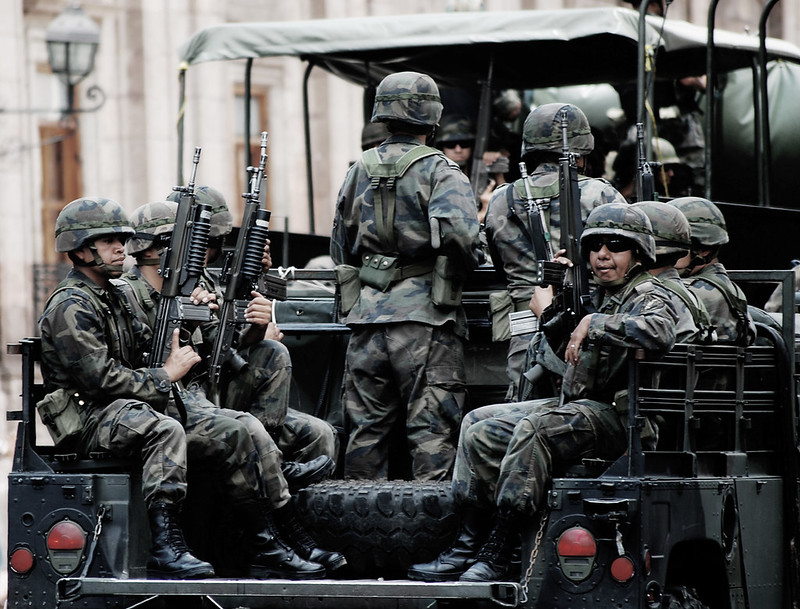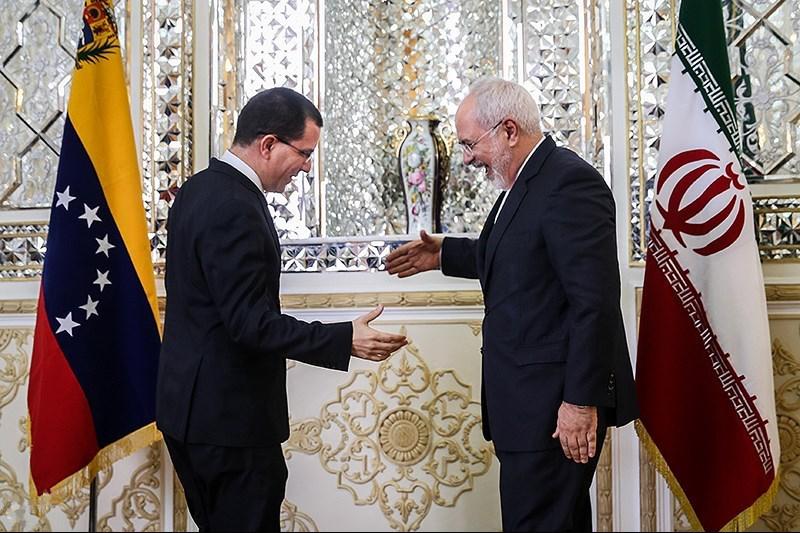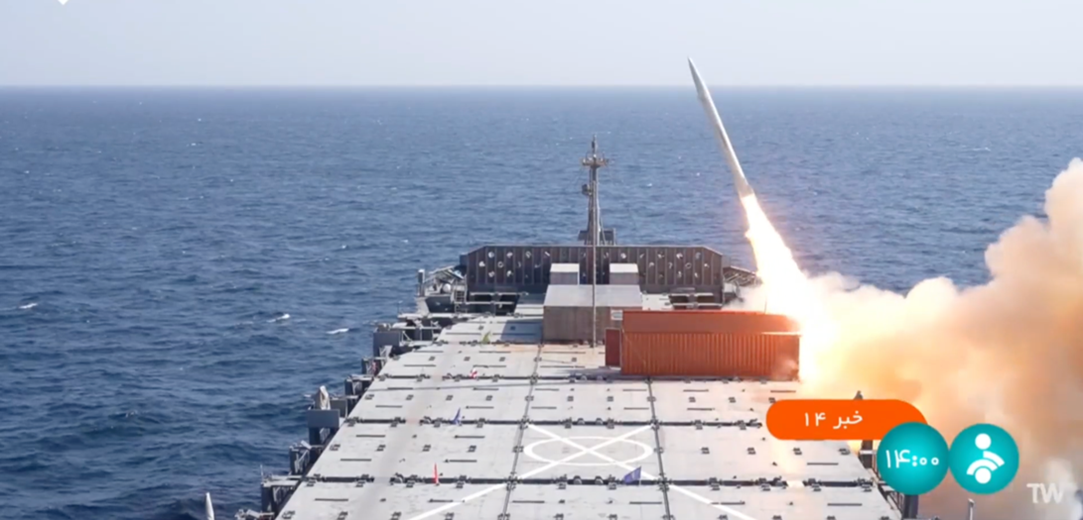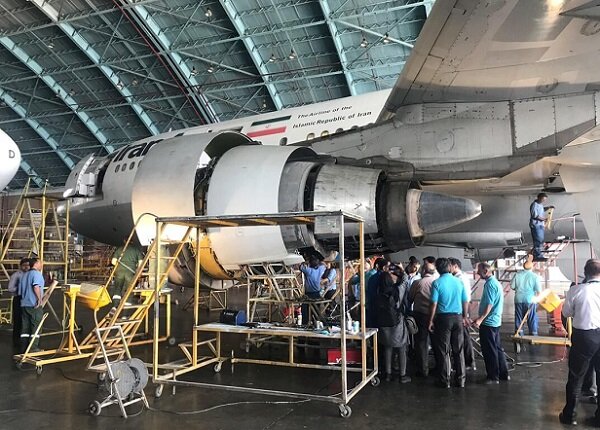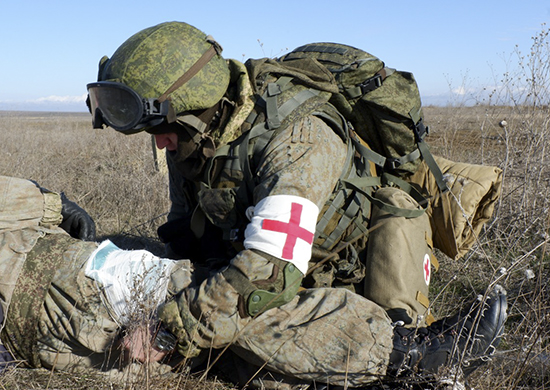
A Russian medic applying first aid. While Russia has released very little information about its casualty rate, a newly-released report offers some initial insights.
“The high professionalism of military doctors allowed them to reduce disabilities of military personnel, but most importantly, to reduce their hospital mortality rates, the lowest in history military medicine.”
Since the beginning of Russia’s “special military operation” in Ukraine, there has been little, if any, information released from Russian sources about the workings of the Russian military medical system in general, and Russian casualty rates in particular.[i] The accompanying excerpted article from the official medical journal of the Russian Ministry of Defense (MoD), Voyenno-Meditsinskiy Zhurnal, is the first publicly released information about the inner workings of the Russian military medical system during the special military operation. Although this detailed 17-page account does not mention specific casualty numbers, some idea of the magnitude of Russian casualties can be postulated by the information it provides about the increases in various types of Russian military medical facilities, including long-term rehabilitation, palliative, and prosthetic care. The article also lays out the four stages of Russian military medical treatment consisting of forward treatment, treatment at Military District facilities, treatment at centralized MoD military medical facilities, and rehabilitation centers. Unsurprisingly, there is considerable effort in placing medical treatment as close to the line of contact as possible to increase positive outcomes. This is being accomplished not only by placing medical units further forward, but also by placing various medical capabilities/personnel at lower echelons than have historically occurred. In sum, the article does not provide Russian casualty figures but does support the premise that Russia has suffered large numbers of casualties in the operation and is adapting in response. The article highlights what the U.S. military medical community may expect if the U.S. engages in Large Scale Combat Operations on the modern battlefield.
Sources:
D.V. Trishkin, “Итоги деятельности медицинской службы Вооруженных Сил Российской Федерации в 2023 году и задачи на 2024 год (Results of the medical service activities of the Armed Forces of the Russian Federation in 2023 and goals for 2024.),” Voyenno-Meditsinskiy Zhurnal (official medical journal of the Russian Ministry of Defense) January 2024. https://voenmed.ric.mil.ru/upload/site229/3JSanq38G6.pdf
The results of an analysis of the medical service activities of the Armed Forces in 2023 in its main areas are presented. Particular attention is paid to the organization of medical care and treatment of the wounded during a special military operation. The multi-level system of staged medical care has proven its effectiveness. The following results were achieved: the time for providing first aid was reduced by 3 times (to 10 minutes), providing medical care to a serviceman from the moment of injury – by 2 times (to 1 hour); 98% of military personnel were discharged upon recovery after treatment for wounds and injuries; mortality at the stages of
medical care was 0.43%, disability – 2.1%. First aid training for personnel resulted in a potentially preventable mortality rate of 5.2%. The main task facing the medical service in 2024 will be the timely and high-quality provision of medical care to the wounded and sick when performing tasks in a special military operation…
The main efforts of military medicine were aimed at organizing medical support for the special military operation. The enemy’s use of modern types of weapons and ammunition during military operations determined the prevalence of combined, combined lesions and shrapnel wounds. Taking into account these factors, it was formed a medical care system in which there are 4 main stages for the provision of medical care and treatment to special military operation participants:
— the stage of providing qualified medical care, which is represented by mobile medical units;
— the stage of providing specialized medical care, consisting of stationary military hospitals of military district subordination;
— the stage of providing high-tech medical care, at central military medical facilities;
— the stage of medical rehabilitation at rehabilitation centers and military sanatoriums…
One of the most important aspects in the system medical treatment and evacuation support is the stage of providing qualified medical teams and medical battalions directly in area of the special military operation …medical units are put as close as possible to the line of contact. At the same time, the medical detachments and battalions have been strengthened with surgeons and traumatologists from central hospitals that are capable of performing surgical procedures that were previously not typically conducted at this stage…
The next stage of treatment involves the wounded being treated at military district hospitals…The tactics of “damage control” [«контроля повреждений»] are widely used to providing specialized medical care with the goal of minimizing the volume of surgical interventions in the seriously wounded and performing definitive surgical treatment after stabilization of their condition.
In central hospitals, the basis for the provision of high-tech medical assistance is based on a multidisciplinary approach to the treatment of patients by specialists with different specialties within one military hospital. Multidisciplinary teams include resuscitators, vascular surgeons, traumatologists, general surgeons and extracorporeal detoxification specialists….
[T]he medical system evacuation, includes mass casualty aviation evacuation to district and central military hospitals, and medical evacuation by ambulance, sea, and rail transport…
[T]he quality of medical care provided remains sufficiently high level. The high professionalism of military doctors allowed them to reduce disabilities of military personnel, but most importantly, to reduce their hospital mortality rates, the lowest in history military medicine.
At the same time, in order to prevent a decline in the quality of medical care, the leadership of the medical service of the RF Armed Forces has taken a number of measures aimed at increasing the number of military and hospital medical specialists and units to prevent staffing and medical unit shortages in the special military operation, including:
— forming separate medical battalions, medical companies and medical posts for formations [объединение], large units [соединение], and units [часть];
— 4 additional medical billets in the staffs of the combined arms armies;
— Branch Clinic No. 4 was added to the 1602nd Military Clinical Hospital (Lugansk) with 300 beds;
— construction of military hospitals is underway in Ryazan, Belgorod, Bryansk, Makhachkala, Yuzhno-Sakhalinsk, Mirny, Vladikavkaz, Kursk, Sevastopol, new 100-bed medical buildings are in Samara, Pskov, Krasnoznamensk, Kostroma, St. Petersburg, Moscow, Ivanovo;
— major and ongoing repairs of military hospital facilities are underway in Rostov-on-the-Don, Chita, Polyarny, Volgograd, Novosibirsk, Stavropol, Khabarovsk, Selyatino;— a medical detachment (reserve) has been formed and successfully performs its tasks with citizen volunteers that have medical training (currently a decision is being made to form a second detachment from among the volunteers).
Notes:
[i] Moscow uses the term spetsial’naya voyennaya operatsiya (“special military operation”) or spetsoperatsiya (“special operation”) to describe its campaign in Ukraine.
Image Information:
Image: A Russian medic applying first aid. While Russia has released very little information about its casualty rate, a newly-released report offers some initial insights.
Source:
Attribution: CCA-SA 4.0 Intl

